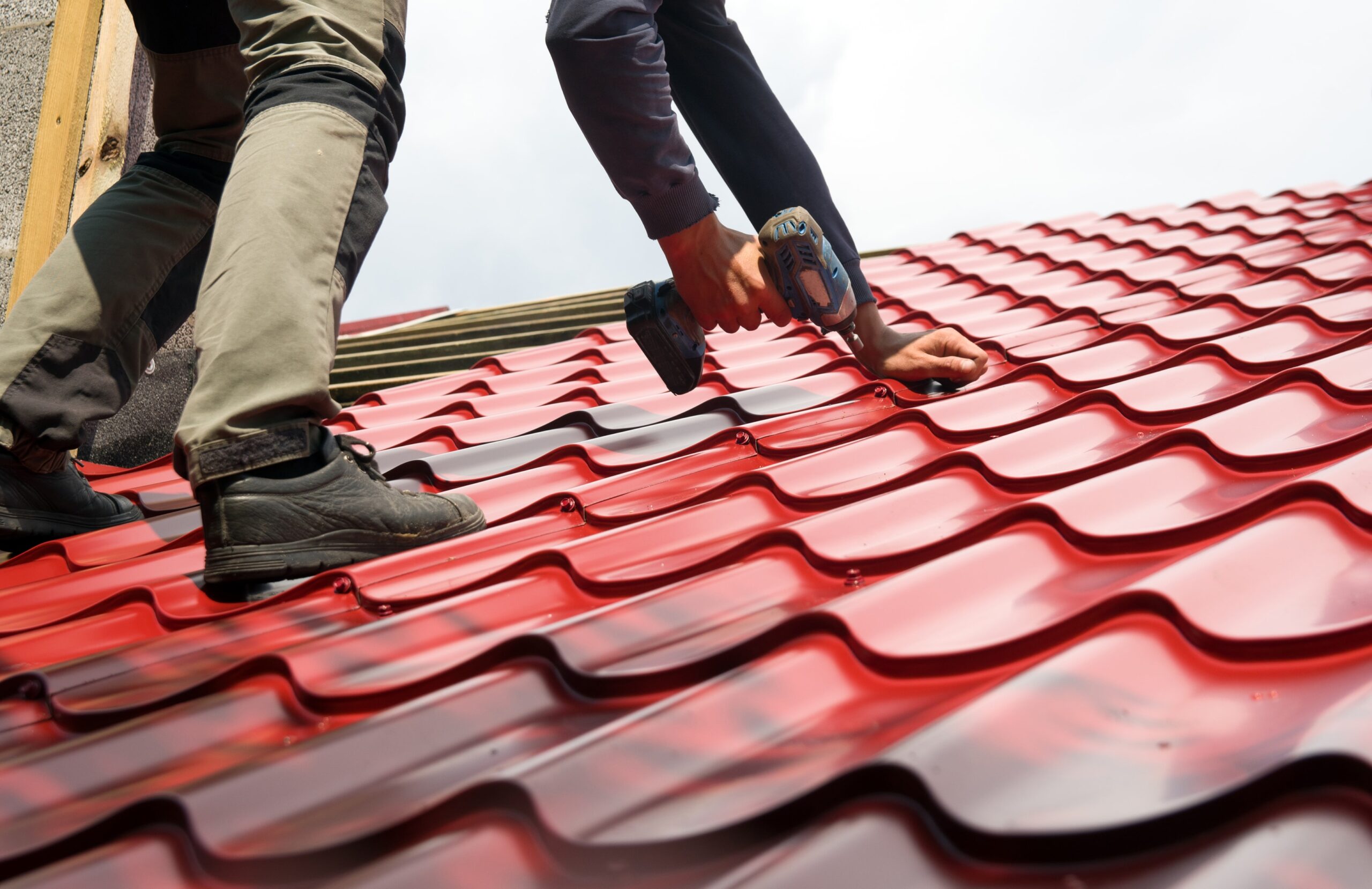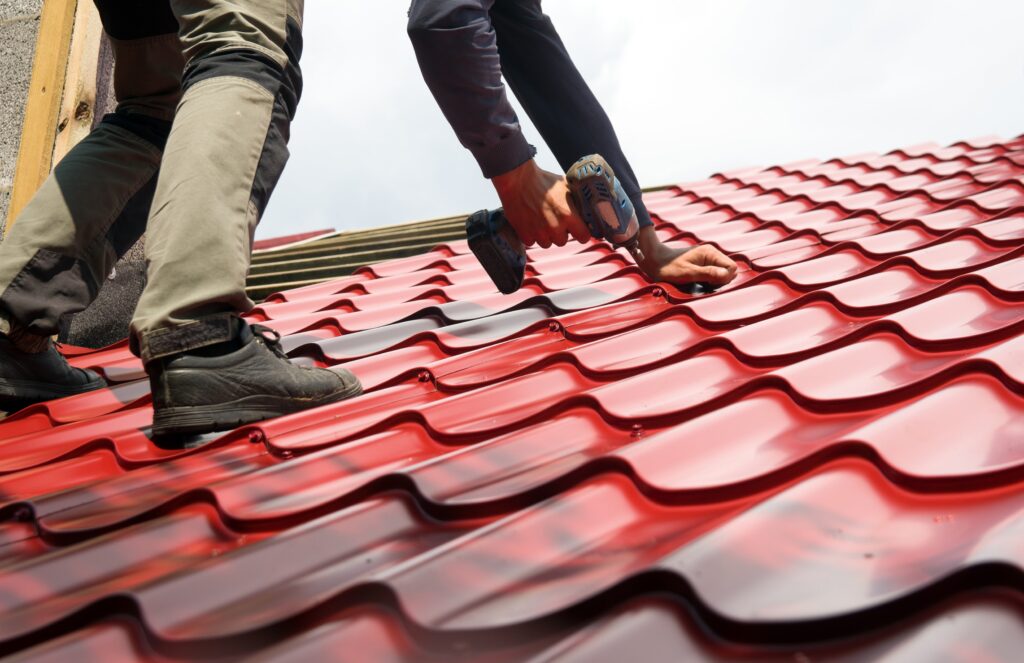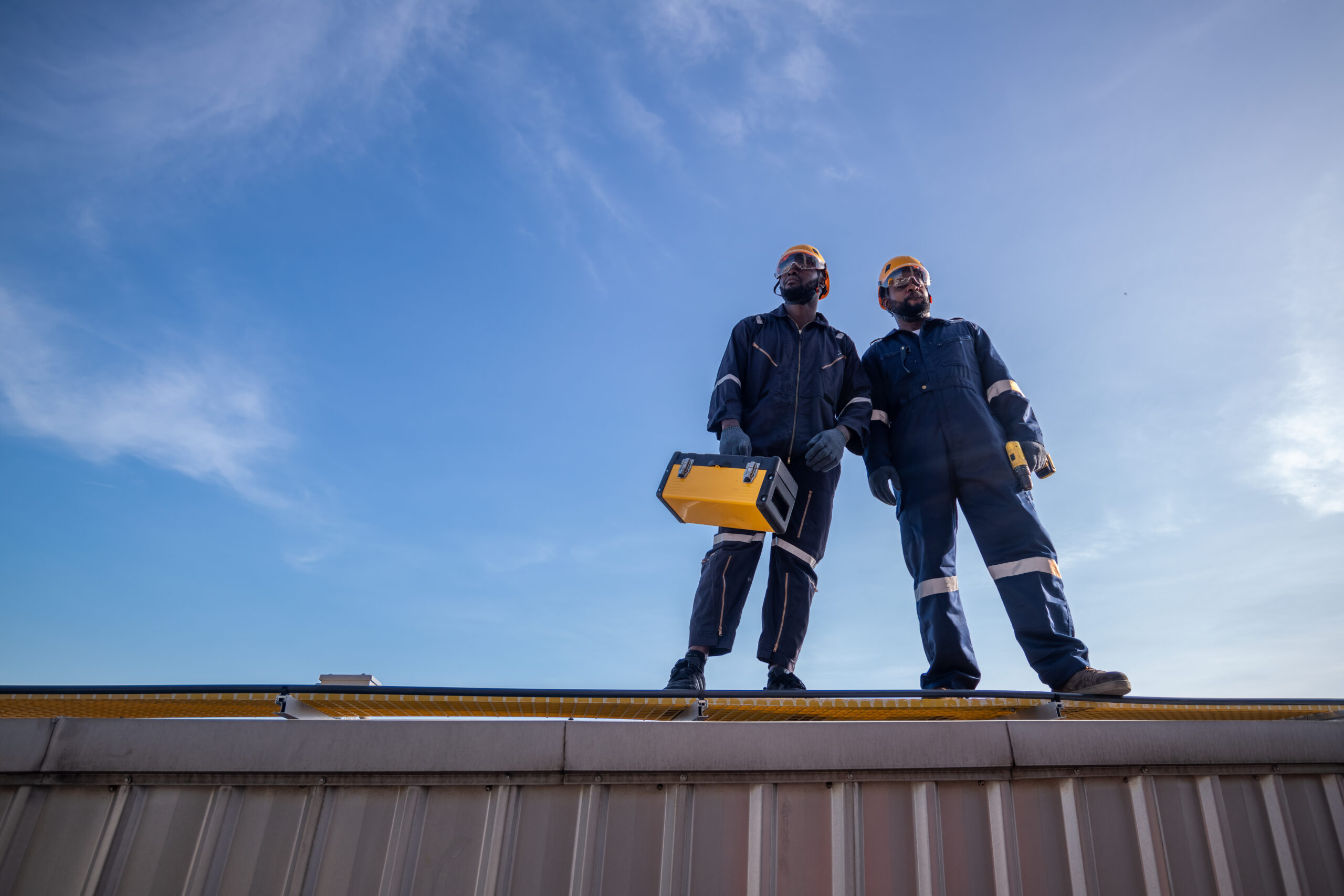Does your roof need some fixing up? Are you considering tackling a replacing roof sheets job yourself? We’re here to help. It’s absolutely possible to install new roof sheets without professional assistance on roof replacement, as long as you understand the process of a roof replacement. Let’s go over some tips to help you manage your metal roofing the correct way.
Key takeaways
- DIY roof replacement can be an excellent option in various situations.
- Ensure you take the necessary safety precautions before beginning and roof work.
- Take measurements to determine how much material will be required.
- When removing old sheets, check for the extent of any damage. Dispose of roofing materials responsibly.
- Lay new sheets opposite the prevailing wind. Align the sheets correctly and fasten them at the crest of the corrugation.
- After installation, check for leaks and clean up the site.
- Don’t be afraid to ask for help if there are potential structural weaknesses or the roof is difficult to work on.

Why opt for a DIY roof restoration?
There are many reasons why a DIY approach in roof replacement could be a good option for your roofing job.
- Small scale. If you’ve identified a small area of damage that requires attention, you might be able to handle the matter yourself.
- Relevant experience. With the right experience, there may not be any need to incur the additional costs of professional labour.
- Simple design. Roofs that don’t have complex layouts can more easily accommodate a DIY job.
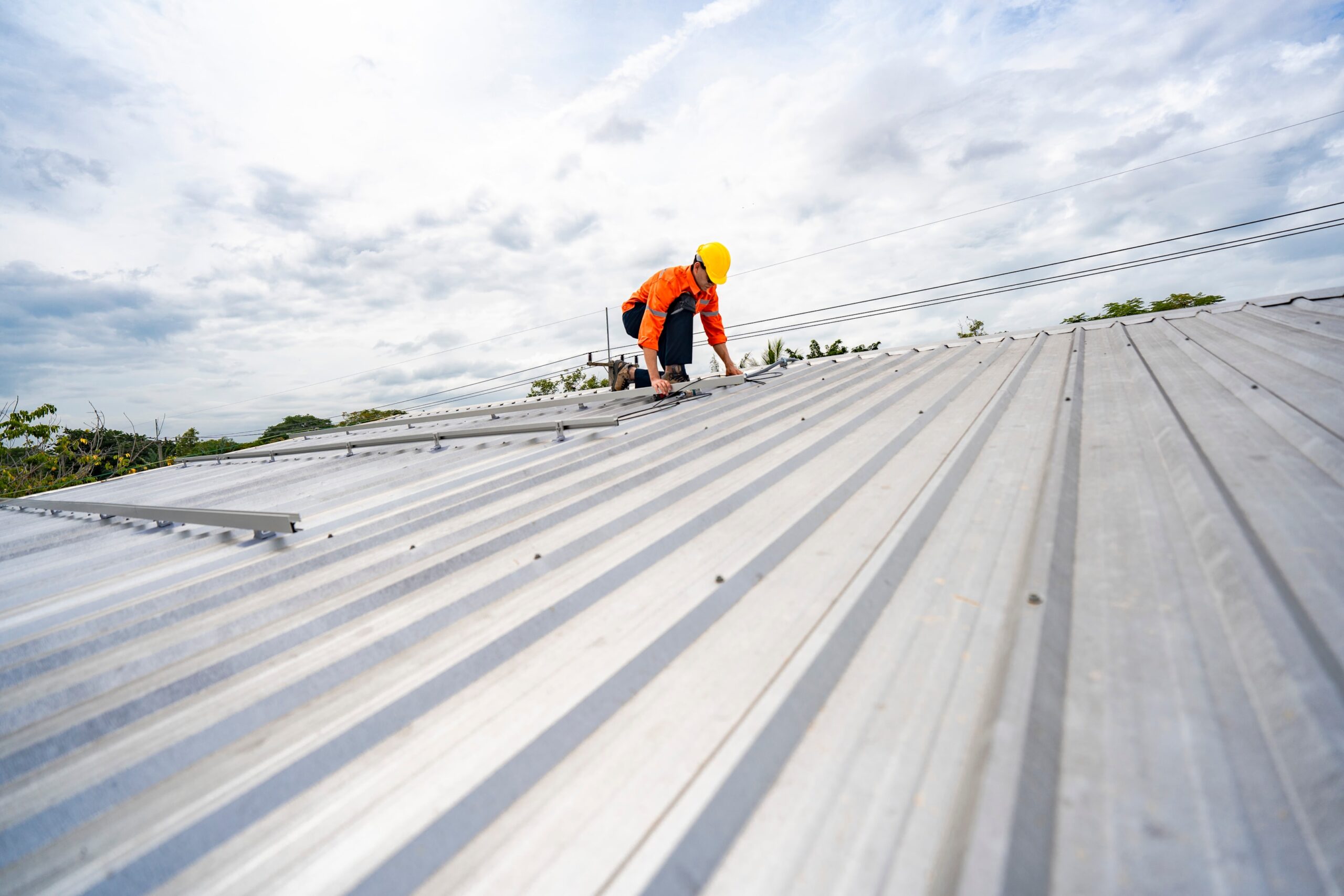
Do you need a licence?
Professional roofing contractors require a licence from the Queensland Building and Construction Commission (QBCC) to carry out roofing work. But do you need one to work on your own home? The QBCC states that unlicensed homeowners may take on the roofing work themselves if the value of the work is less than $11,000. If the project exceeds that amount, you may not proceed with the job.
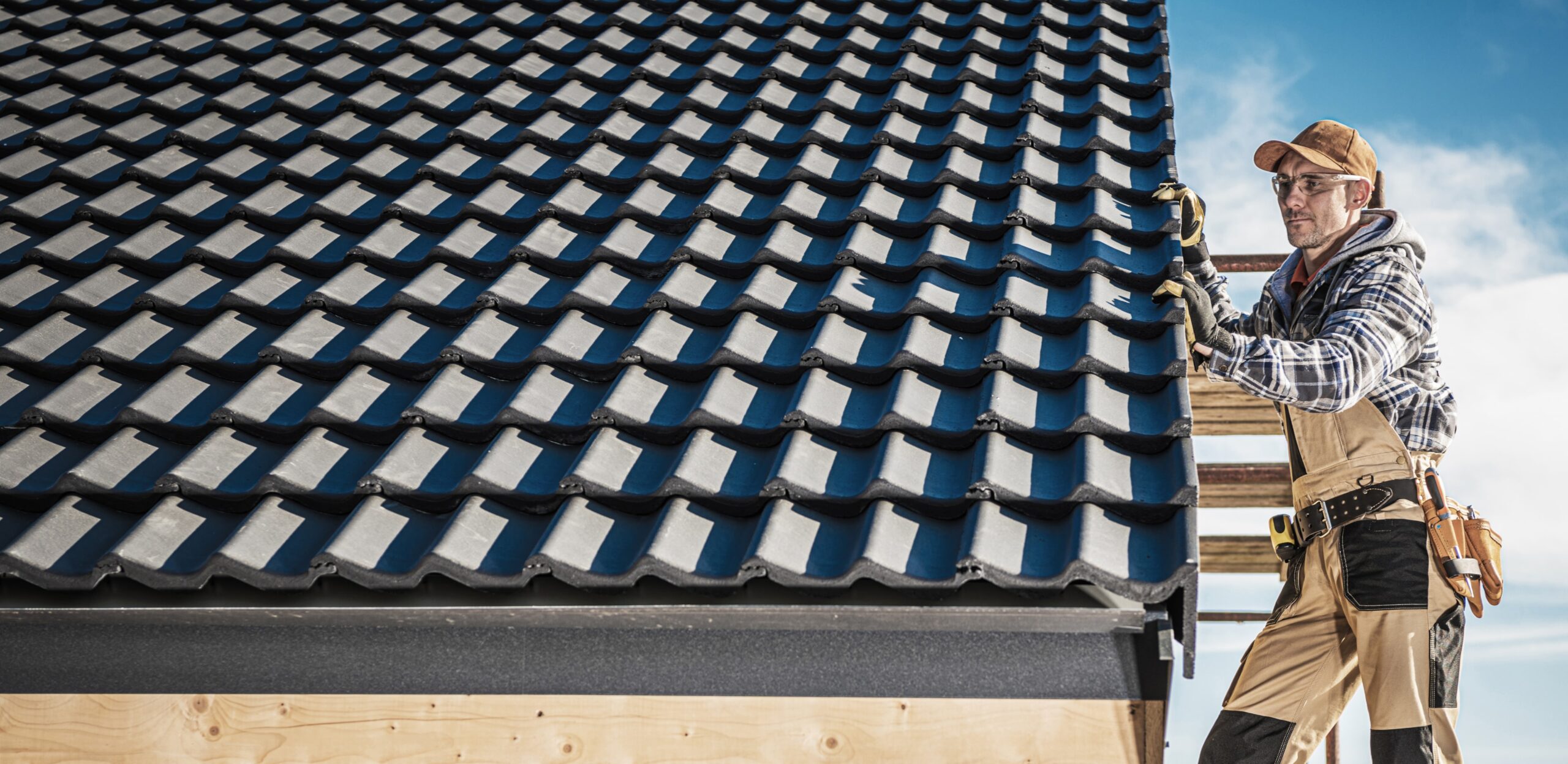
Metal roofing preparation
The right preparation is key to successful reroofing. Here are some factors to consider.
Safety precautions on replacing roof sheets
Safety should always be your first consideration. Make sure you have access to appropriate safety gear. Wear slip-resistant boots for any work on the roof replacement. Fall protection systems such as a roof harness are a good idea, especially if you’re working on a two-storey house. Gloves are important to prevent your hands from getting cut on the sharp edges of the roofing sheets.
Wait for fair weather before starting the job. Windy or rainy conditions increase the risk of accidents substantially.
Take measurements
Determine exactly how many sheets you’ll need and the correct sizes. The last thing you want is to start the project, only to realise that you don’t have the necessary roofing materials. Alternatively, you may find that you’ve ended up with excess material, which increases your costs unnecessarily.
To get the right measurements, you need to calculate the area of the old roof you’re replacing. The cover width of the sheets affects how many you require. Corrugated roof sheets overlap for weather-proofing. The size of the overlap must be factored in to determine the actual width the sheets need to be. A 1.5 rib overlap is recommended to get a waterproof seal.
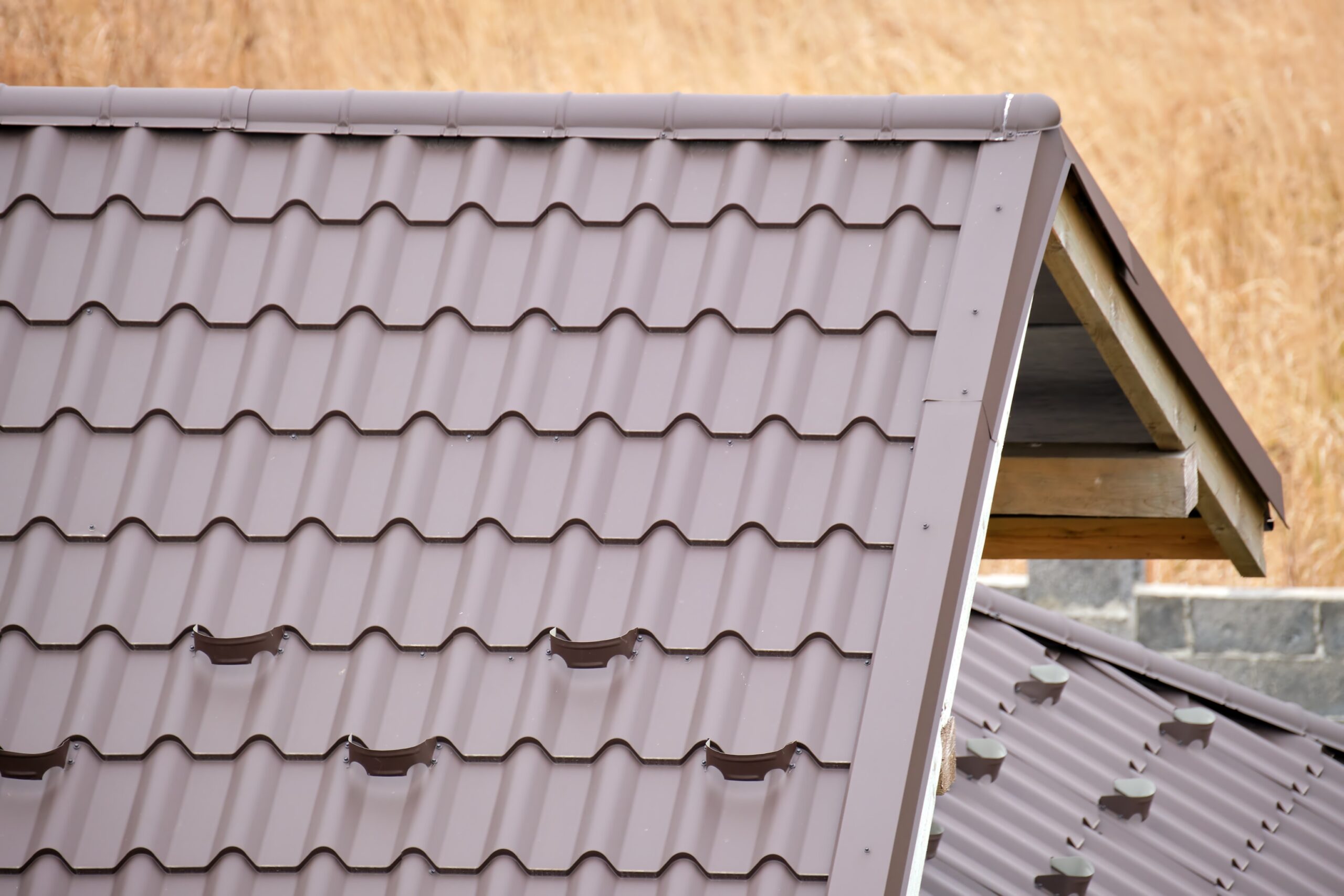
Old corrugated roof removal
Roof sheets are fixed using hex-head screws. These can be unscrewed with a cordless drill and the corresponding hex-head drill bit. It’s important to use cordless tools to avoid any tripping hazards.
If you’ve found any corrosion or rust, look at the extent of the damage. Once the sheet has been removed, check the integrity of the underlying roof structure. Inspect the timber battens for signs of rot or water damage. If rain water has gotten under the roof, insulation blankets may need to be replaced as well. Put down a waterproof underlayment. The underlayment is an added barrier that secure your home from water infiltration. Check the flashing around skylights and other features for any needed repairs.
Dispose of the old sheets correctly. Most metal roofing materials can be recycled. Check to see if there’s a recycling yard or resource recovery centre in your area.
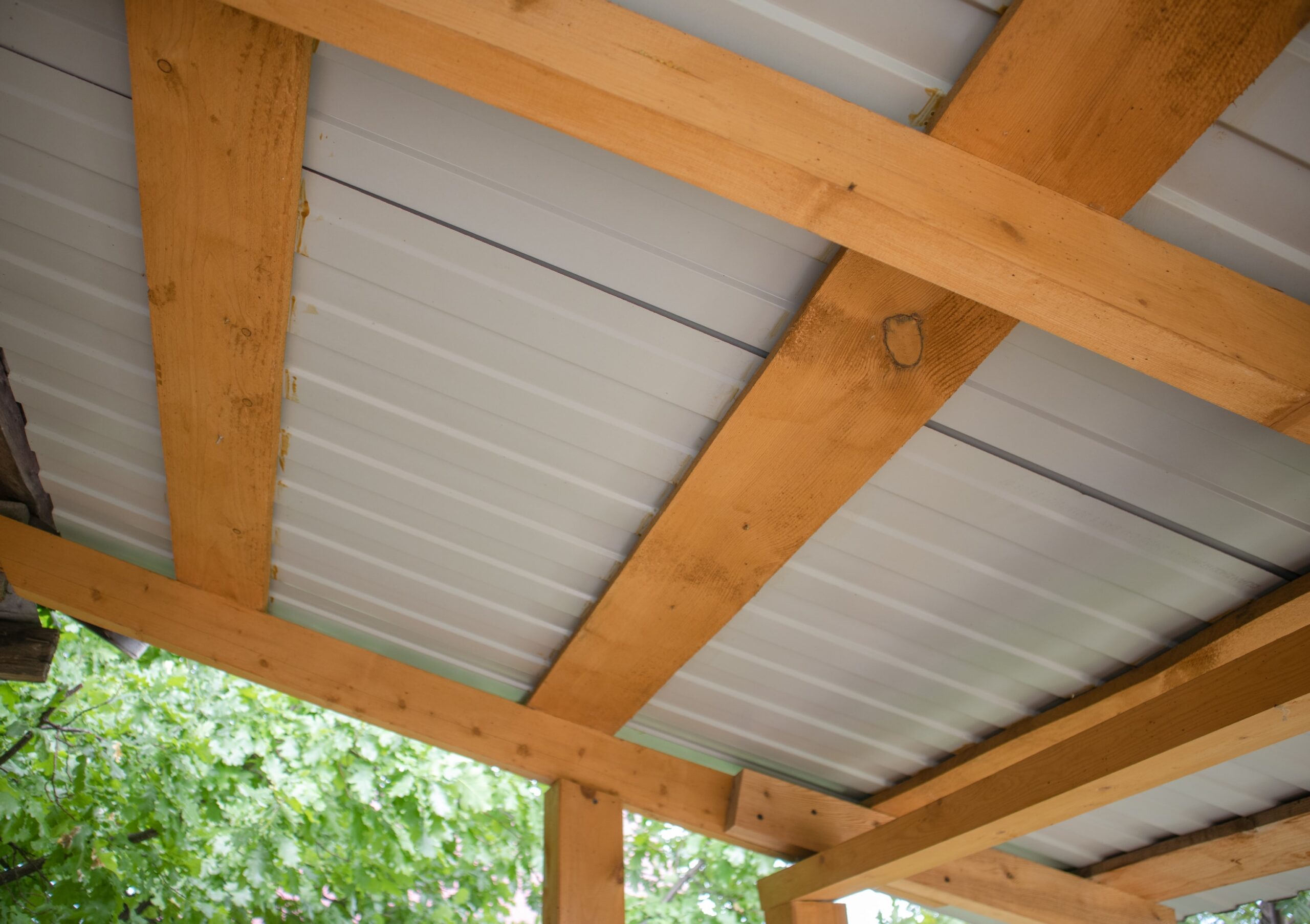
New sheet installation
When you lay down the new metal roofing sheets, ensure that they are facing the right direction. Metal roofing sheets should always be laid opposite the prevailing wind. Sheets that face the prevailing wind are more prone to weather damage. Strong wind can drive water into the roof and even lift up the sheet. In Southeast Queensland, prevailing easterly trade winds generally move from east to west. This will guide what direction your roof should face.
Before installation, conduct a thorough inspection of the underlying structure, including the battens, to check for any weak spots or areas that may need to be extended or reinforced. If you’ve noticed any damage or irregularities, now is the time to address them.
Take care to align the sheets correctly. The last sheet should lay parallel to the gutter. Keep the overlaps between sheets consistent to ensure a proper seal. Use self-drilling screws with a rubber washer to fasten the new roof. It should always be fastened at the crest of the corrugation. Placing screws in the valleys increases the risk of debris building up and causing early wear and tear—or even leaks through screw holes.
Tiles may require a different installation method, but for metal roofing, precision is critical. Patience is key. Don’t rush the work. Make sure each panel is aligned before putting in the screws. Working slowly and methodically will help avoid mistakes and allow the new roof to perform well over the long term. Going slow also reduces the risk of accidents and injuries.
This approach ensures your roof installation stands up to Queensland conditions and remains durable across a wide range of weather situations.
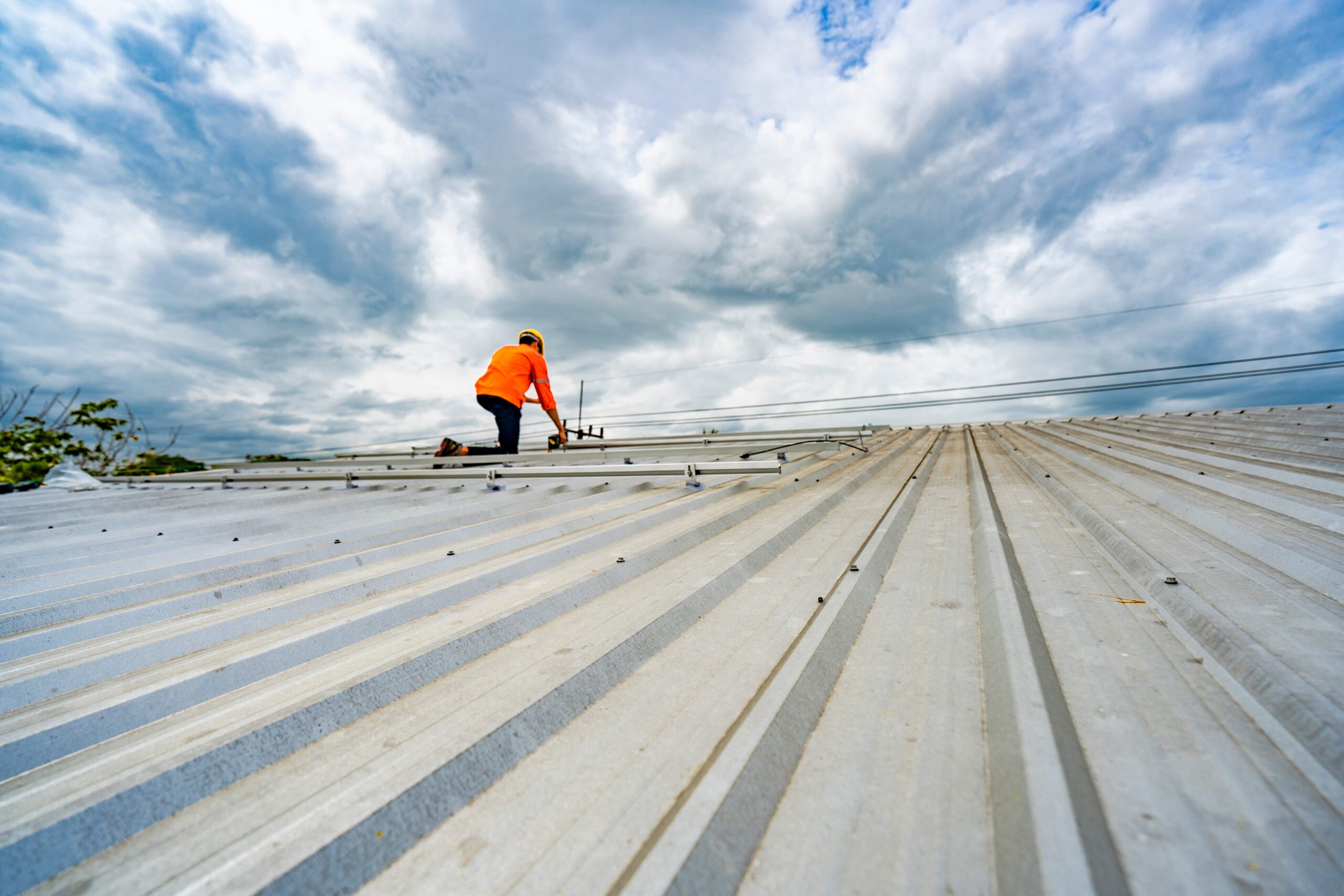
Post-installation
It’s important to make final checks once you’ve completed the installation of your new metal roof. Inspect the entire roof structure to ensure there are no gaps between metal roofing sheets or around fasteners that could let in rainwater. Even small openings can lead to long-term damage if water seeps in. Test for leaks by spraying sections of the roof with a garden hose, especially areas where sheets overlap or meet flashing. Pay close attention to any screws that haven’t been fastened completely.
Also, make sure the panels are properly aligned and that they sit securely on the timber battens. If you replaced an old roof, double-check that the supporting structure beneath the new sheets is sound and stable. These final steps will help protect your home and ensure your metal roofing performs well in all weather.
Clean up the property after you’re finished. Stray material can be a hazard if unaccounted for. Clear gutters of leaves.

Professional help
It’s crucial to understand when it’s time to ask for expert assistance. If you find extensive damage to the underside of your roof—or notice signs of water damage, sagging timber, or deteriorated insulation—call a professional to carry out a proper inspection.
A roofing specialist can also assess whether your gutters need to be fixed or replaced, especially if they’re contributing to leaks or pooling water. In some cases, a full roof replacement of the roof may be more cost-effective than patching recurring problems. Homeowners should always err on the safe side to protect their property from potential structural issues that can be costly down the line.
If the roof is particularly steep or difficult to access, don’t take the risk. A roofing contractor can handle the job with the right tools.
Insurance considerations
It’s worth considering what impact DIY metal roofing work will have on your home insurance. An unauthorised DIY roof may have an impact on your policy. Check with your provider to ensure that the work you plan to do won’t negatively affect you.
What our clients say
Austin is a breeze to deal with, professional and across everything. As a Builder it’s makes my life easy to know I don’t have to chase up and check on everything along the way. The quality and communication from Infinite roofing is top notch!
- Ben Arnold
If you need any assistance with a roofing project, our team is here to help. With our many years of experience, we’ll make the process as simple and stress-free as possible. If you’re planning a DIY roof replacement, we can provide expert advice to ensure it’s a success.
Conclusion
If you are replacing roof sheets, a DIY project could be the solution. By approaching the job with the right equipment and knowledge, you can look forward to a restored roof in no time. Use thorough preparation to ensure you have the necessary materials and safety precautions in place. After installation, check your work to locate any weaknesses.
Don’t take on more than you can handle. If you think you need an expert hand, we’re ready to help. Call us today and let us assist you with your roofing needs.


